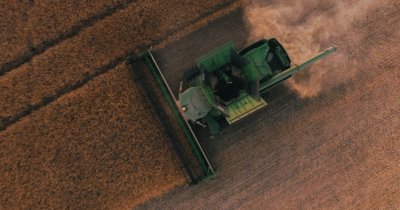According to an analysis in Euractiv, airlines will be able to preorder the first hydrogen powered jet engines by 2028 and they will be use on a large-scale by 2035. By 2050, it is foreseen that 75% of the aircrafts will use clean technology.
“We looked backwards from the 2050 target in terms of what needs to be done by when in order to make it a success. If you want to have climate neutrality by 2050, you need to have those new aircraft entering into service into the airline fleet from 2035 onwards”, said Axel Krein, head of the Clean Aviation Joint Undertaking for Euractiv.
Experts believe that the 2028 scenario is vital, because after that the aviation industry cannot achieve the goal of replacing the actual fleet. Specialists say that if the industry doesn't change it will become the place for the "bad guys", such as the tobacco industry.
Manufacturers are looking at hybrid electric aircraft, hydrogen-propulsion systems, and ultra-efficient aircraft design as a means of slashing aviation emissions.
Airbus is currently preparing a test for a hydrogen-powered jet engine in 2025. The engineers are focusing on aircrafts that will be capable of flying less than 4.000 km, a range that would be enough to reduce two thirds of global emissions. After that, the scale will grow.
With this effort, the European industry can have a potential of 5 trillion EUR in terms of economic value. The European Union has pledged 1,7 billion EUR to the Clean Aviation joint undertaking through its R&D funding, with a further 2,4 billion EUR coming from the industry.
“We think the journey towards these aircraft being ready for product development will require around €12 billion over the next decade. That’s three times the size of Clean Aviation,” said Ron Van Manen, Clean Aviation Head of Strategic Development.
But one of the downsides of this transition will be a transformation of the experience for the customer. Hydrogen powered planes are estimated to fly up to 8.000 km distances. Experts believe that the passengers will need to accept that long-distance flights will require more frequent layovers, the limit right now being at around 10.000 km.
“Passengers and airlines today have the mindset of being able to go anywhere in the world non-stop. I would challenge that. I would challenge whether in a sustainable aviation environment in the 2040s or 2050s you can afford to do that,”, said Van Manen.
 Vlad Andriescu
Vlad Andriescu












Any thoughts?